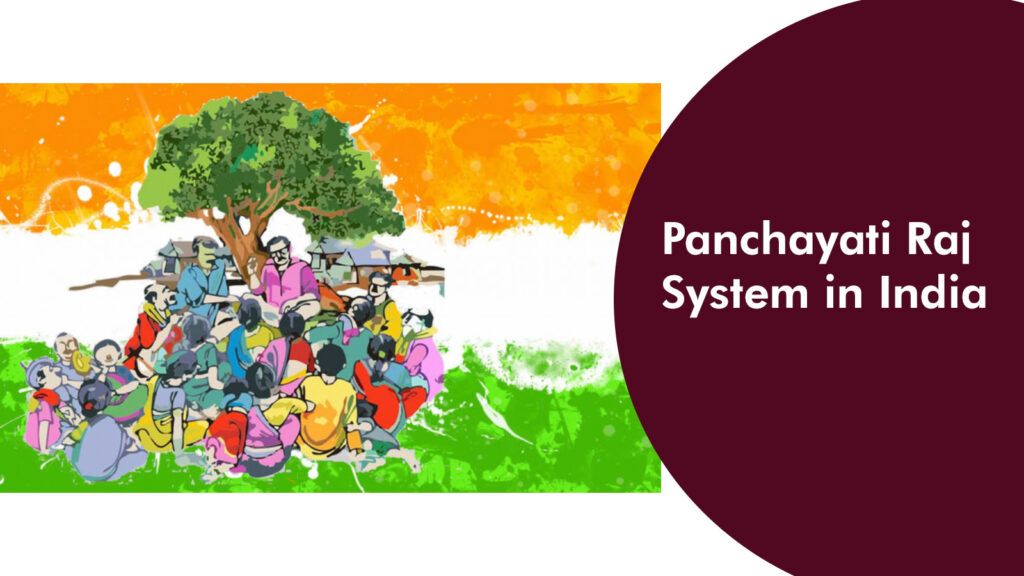Panchayati Raj is a form of local self-government in India, which was established to empower rural communities by giving them greater control over their own lives and resources. This system of governance was first introduced in India in 1959 and was later institutionalized through the 73rd Amendment to the Constitution in 1992. The main aim of Panchayati Raj is to ensure decentralization of power and enhance the participation of people in decision-making processes that affect their daily lives.
The Panchayati Raj system is based on the principles of democratic decentralization and involves the establishment of a three-tier system of Panchayats at the village, intermediate, and district levels. The village-level Panchayats are called Gram Panchayats, while the intermediate and district-level Panchayats are known as Panchayat Samitis and Zilla Parishads, respectively. The Gram Panchayats are the basic units of the Panchayati Raj system and are responsible for addressing the needs and concerns of the villagers in their jurisdiction.
The Gram Panchayats are composed of elected representatives from the village, who are directly elected by the villagers. The Panchayat Samitis and Zilla Parishads, on the other hand, are composed of elected members from the Gram Panchayats, as well as elected members from the urban areas within their jurisdiction. These bodies are responsible for coordinating the activities of the Gram Panchayats and ensuring that their decisions and activities are in line with the broader goals and policies of the state and central governments.

The Panchayati Raj system is supported by various institutions, such as the State Election Commission, the State Finance Commission, and the State Panchayati Raj Department. These institutions play an important role in ensuring the smooth functioning of the system, as well as ensuring its accountability and transparency.
One of the key features of the Panchayati Raj system is its focus on the involvement of people in decision-making processes. This is achieved through various mechanisms, such as Gram Sabhas, which are meetings of all the villagers in a Gram Panchayat jurisdiction. During these meetings, villagers have the opportunity to discuss their needs and concerns and to make decisions on various issues, such as the allocation of resources and the prioritization of development projects.
Another important feature of the Panchayati Raj system is its focus on the devolution of powers and responsibilities to the local level. This includes the transfer of powers and responsibilities in areas such as health, education, water supply, and sanitation, among others. This devolution of powers is aimed at ensuring that the needs and concerns of the villagers are addressed at the local level, rather than relying on the central or state governments.
The Panchayati Raj system also places a strong emphasis on the empowerment of women and marginalized groups. This is achieved through various provisions, such as the reservation of seats for women and members of scheduled castes and tribes in the Panchayats. This helps to ensure that these groups have a voice in the decision-making processes that affect their lives and that their needs and concerns are addressed.
In conclusion, the Panchayati Raj system has been an important step towards the decentralization of power and the empowerment of rural communities in India. By giving people greater control over their own lives and resources, the Panchayati Raj system has helped to improve the quality of life in rural areas and to promote sustainable and inclusive development. However, the system still faces various challenges, such as a lack of resources, limited capacities of the Panchayats, and a lack of political will on the part of the central and state governments to fully implement the provisions of the Panch



